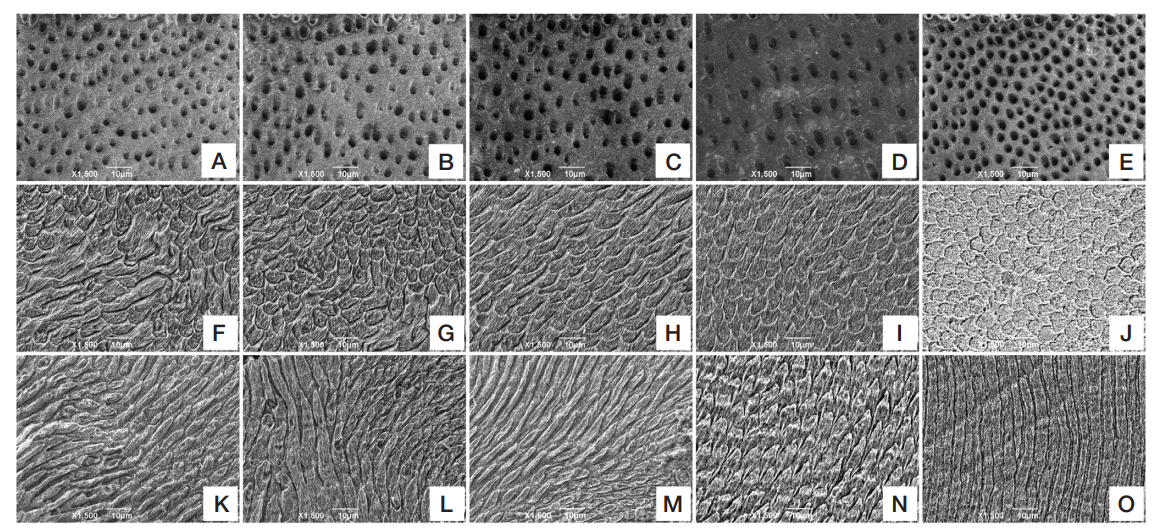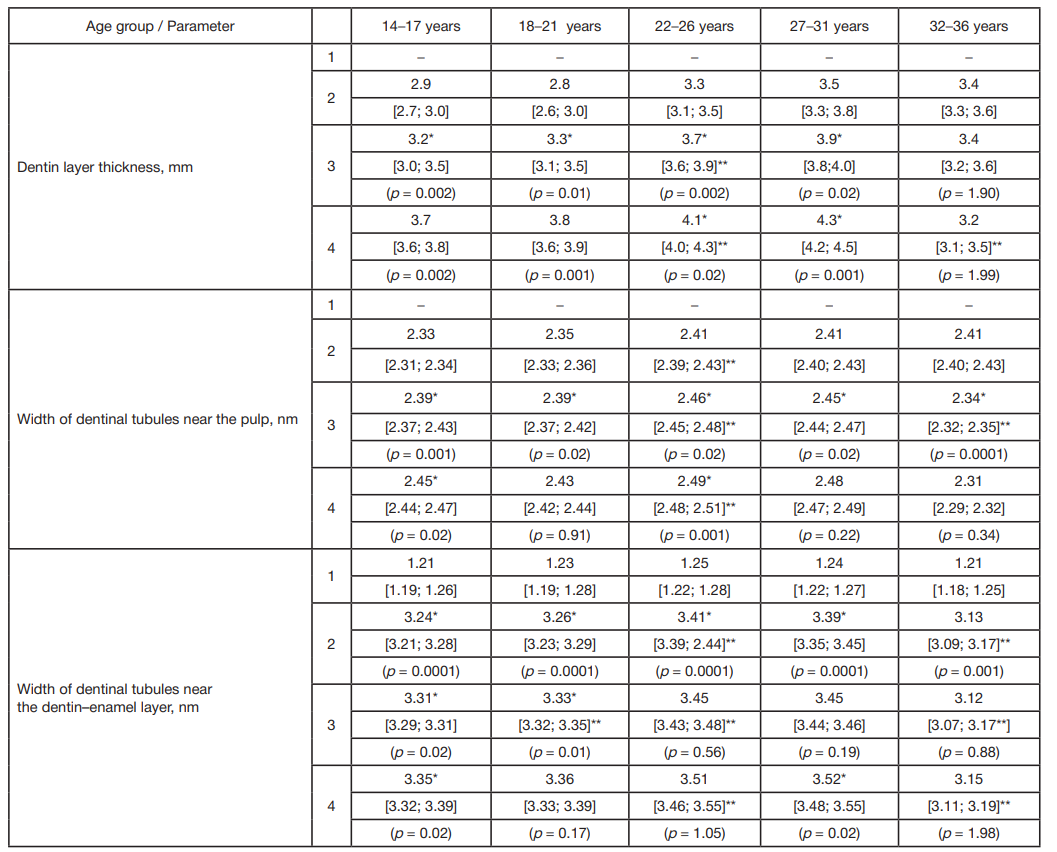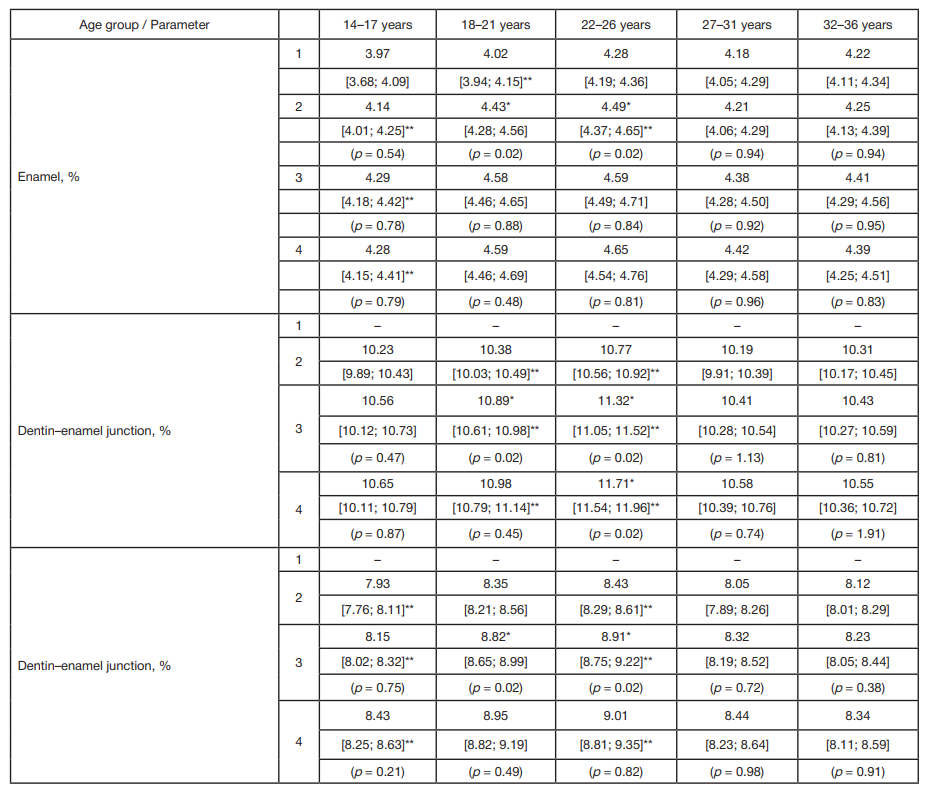
This article is an open access article distributed under the terms and conditions of the Creative Commons Attribution license (CC BY).
ORIGINAL RESEARCH
Biochemical and morphological substantiation of the connective tissue hypothesis of mandibular third molar eruption
1 Omsk State Medical University, Omsk, Russia
2 Central Research Institute of Dentistry and Maxillofacial Surgery, Moscow, Russia
3 Omsk State Pedagogical University, Omsk, Russia
4 City Clinical Dental Polyclinic № 1, Omsk, Russia
Correspondence should be addressed: Andrey S. Korshunov
Kosareva, 34, Omsk, 644043, Russia; ur.liam@885081_k_yerdna
Author contribution: Korshunov AS — study planning, literature analysis, data interpretation, clinical data acquisition, manuscript writing; Vagner VD — study planning, literature analysis, data interpretation; Belskaya LV — study planning, biochemical investigations, manuscript writing; Kuryatnikov KN — clinical data acquisition, literature analysis, data interpretation, manuscript writing; Serov DO — clinical data acquisition, data interpretation, literature analysis; Krasnov VA — clinical data acquisition, sample preparation for assessment; Tigranyan GO, Bondar IA — sample preparation for assessment, data analysis.
Compliance with ethical standards: the study was approved by the Ethics Committee of the Omsk State Medical University (extract from the protocol № 113 of 26 November 2019); the informed consent was submitted by all study participants or their legal representatives.






